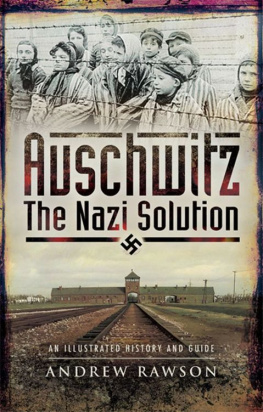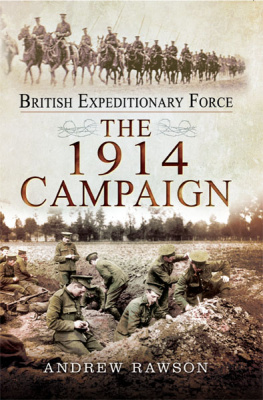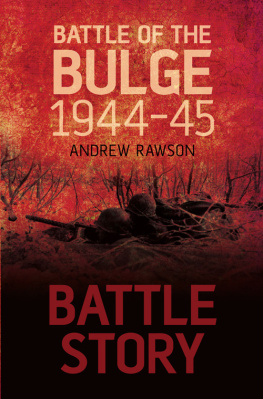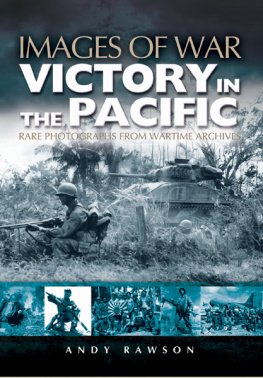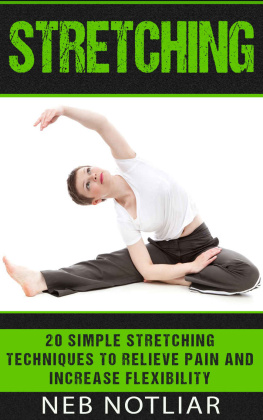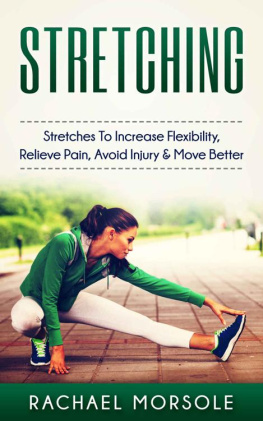The Stretching Book for Beginners
Chris Rawson
Copyright Chris Rawson 2021 - All rights reserved.
The content contained within this book may not be reproduced, duplicated or transmitted without direct written permission from the author or the publisher.
Under no circumstances will any blame or legal responsibility be held against the publisher, or author, for any damages, reparation, or monetary loss due to the information contained within this book. Either directly or indirectly. You are responsible for your own choices, actions, and results.
Legal Notice
This book is copyright protected. This book is only for personal use. You cannot amend, distribute, sell, use, quote or paraphrase any part, or the content within this book, without the consent of the author or publisher.
Disclaimer
This book and its contents are provided by the author and publisher without making any representations or warranties, including but not limited to warranties of healthcare for a particular purpose. The author and the publisher assume no liability or responsibility for any errors, inaccuracies, omissions, and/or inconsistencies herein. The information in this book is to be used for educational and informational purposes only. This book and its contents are not intended to diagnose, treat, prevent, or cure any conditions or diseases. You should understand that when participating in any form of exercise or exercise program, including but not limited to stretching, there is the possibility of injury. By engaging in the exercises/stretching programs in this book, you are doing so at your own risk. It is strongly advised that you consult with your physician before starting any exercise programs. This book is by no means a substitution for the advice of your physician and other healthcare providers.
Contents
Introduction
Stretching is a type of physical activity that is easy to perform, is free, and doesnt require any fancy equipment or machines. We all know how important physical activity is for our physical and mental health, but stretching is often forgotten when one thinks about becoming more active. The truth is, while its not high impact, it certainly is a form of physical exercise, and incorporating just 10-15 minutes of regular stretches on a daily basis will prove to benefit your body incredibly. Stretching helps allow the muscles, joints, and tendons loosen up and become more supple which reduces the chance of injury.
Since I was young, I have always been into sports and enjoyed many types of physical exercise, from football (soccer) to tennis and badminton to name a few. But for some reason I never took stretching seriously and definitely didnt view it as a physical activity. It was only after a repeated cycle of injury, rest, rehabilitation, and more injury, that I finally decided to take note of stretching as a means of injury prevention and general well being. For two of my chronic injuries (knee and shoulder pain), it was not until I regularly started stretching the appropriate muscles around the injured areas that my pains actually started to improve, and now, I can proudly say I am injury free! I couldnt believe that something as simple as stretching could have such a large impact, hence why I was so reluctant to try it initially.
I still continue general stretching and flexibility work to this day as a means of keeping my muscles and joints healthy. Now 26, I run my own mobile physiotherapy company and can without hesitation state that I incorporate stretches into all of my patients' exercise programs.
In our modernized society, technology has certainly become our friend and made our lives easier in so many ways. We now drive instead of walking to work, we take the elevator instead of the stairs, and the inventions of the electric bike and scooter look to be slowly replacing cycling. While all of this development is great for our ease and comfort, unfortunately, our ever growing reliance on this very technology means our bodies are moving much less. This has inevitably led our bodies to become increasingly stiff and immobile.
I hope that with reading this book you acquire a great understanding of the importance of stretching and how to incorporate stretches for your specific needs into your daily routine. I will go through (in detail) each of the body parts and show you step-by-step how to perform each of the stretches along with pointers and corrections. Ill then take you through my tried and true pre-stretching routines for sports and other daily activities you may often feel like you need a good stretch from.
I have also put together a supplementary website with short videos to help you perform the stretches with correct form and allow you to feel more confident while doing so.
You can access this by going to:
stretch.chrisrawsonphysio.com
The Science Behind Stretching
There are 3 types of muscles in your body; skeletal, cardiac and smooth muscle. As it may sound, cardiac muscle is what our hearts consist of, and this type of muscle is not found anywhere else in the body. Smooth muscle lines the rest of our hollow organs, like our stomachs or intestines. Both cardiac and smooth muscle are involuntary, meaning they perform automatically without us having to tell them to. Skeletal muscles, on the other hand, are voluntary and are the ones that make up the majority of our muscle mass. Thus, skeletal muscles are the focus of the book as they are the ones we can choose to use and move about, and the ones that are activated when we stretch.
So how do our muscles actually work then? Our skeletal muscle is striated, meaning it displays a stripe-like pattern when we observe it under a microscope. This striation is a result of stacked sarcomeres, which are the basic contractile unit in our muscles, and these are made up of thin actin filaments and thick myosin filaments. Actin and myosin work together to contract our muscles. When our brain sends a signal to our muscles, myosin binds to actin and the two filaments slide past each other, shortening the sarcomere units, thus contracting the muscle. You can think of it like the paddles of a boatthe paddles enter the water and pull back thus bringing the boat forward, then they lift up and exit the water, move forward, and re-enter the water to start again. When muscles relax, the actin and myosin filaments slide back past each other the other way as the contraction releases and the sarcomeres elongate again.
When your muscles contract and move around, they are not moving on their own. Dont forget that our muscles are attached to our bones by tendons, and ligaments connect our bones and joints to other bones. So when we stretch and move our muscles, we are also pulling on their respective bones and joints. Thus, improving flexibility and range of motion in our joints can result from stretching the relevant muscles. On top of that, stretching increases blood flow to the joints, which keeps them healthier by providing more nutrient- and oxygen-rich blood to them.
Like other animals, humans evolved to move. But because of modern technology and transportation, we have reached an era where we move much less in our day-to-day lives than our ancestors. Incorporating stretching as a daily routine can help us combat our sedentary lifestyles, and greatly improve our general well-being. Lets take a look at some of the most recent research shedding light to the benefits of stretching.
Stretching and flexibility: A 2009 study showed that an active stretching program in women aged 60+ provided greater flexibility, joint torque, and functional mobility over a 12-week period.




